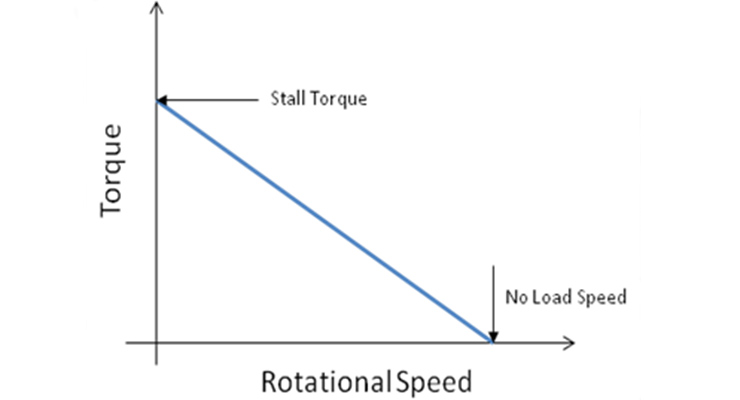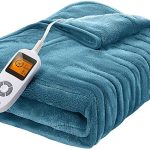The most conventional unit of measuring the speed of a motor is in RPM. This stands for revolutions per minutes, or the number of times the motor’s shaft will rotate in one minute. Analogous to this is the second hand on a clock. It rotates the circumference of the clock once a minute, at a speed of 1 RPM.
The typical RPM range of most DC motors is from 3000 to 8000. Although it may seem that a higher speed is advantageous, this is not always the case. For robots with slow responding reactors, a higher than normal RPM speed may cause discordance with the brain, and thus malfunctioned responses. For instance, cooling fans normally have RPM speeds ranging from 3000 to 6500, which is considered very fast. On the other hand, robot arms doing precision work operate below 50 RPM


Measuring RPM
To get a rough estimation of a DC motor‘s RPM speed, one method is to attach a piece of tape of coloured disc to the motor shaft, and count the number of rotations a minute. This depends much on your ability to focus on the moving object, and so accuracy declines as RPM increases.
A more accurate and conventional method of measuring RPM is using a device called a tachometer, which can precisely measure the speed of up to thousands of RPM. There are namely two types of tachometers, the “contact” and “non-contact” tachometers. The contact tachometer is physically attached to the motor shaft, thereby reducing the speed, and providing an inaccurate RPM reading. The non-contact tachometer utilizes a brightness sensor that detects rotations. For instance, when a motor spins with a black-white coloured disc attached to the shaft, the tachometer flashes the rotating disc with an LED and can “see” the varying light reflection from light to dark, through its brightness sensor. A chip measures the time for a light to dark to light progression, and thus the RPM speed.
Converting RPM to a Metric Unit
It is important to be able to interpret the speed of a DC motor besides using RPM units, because as you learn more about electronic technology you will likely come across a different unit of speed for the DC motor. The internationally accepted metric unit for angular velocity is radian per second(rad/s). RPM and rad/s are both used to measure the same thing.
In order to convert from RPM to rad/s, multiply the RPM by 0.10472(π/30).
To convert rad/s back to RPM, multiply the rad/s by 9.54929(30/π).
Conclusion
For anyone interested in learning about electronic technology, especially for beginners, it is crucial to lay down the fundamental concepts of the different kinds of common devices. DC motors are found in many electronic devices, and learning about their basic attributes is important before any practical use. Knowing what range of RPM is suitable for a certain motor to operate efficiently, is one such fundamental concept of a DC motor.


